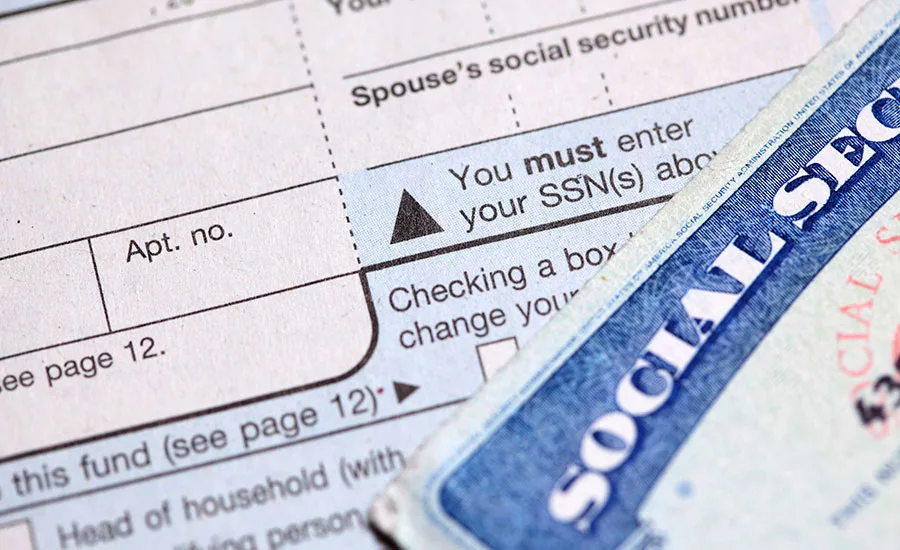How to Hire and Pay Workers Without Social Security Numbers

Employers in the United States are sometimes faced with the prospect of onboarding young and/or foreign workers who don’t have Social Security Numbers (SSNs). While there’s a commonly-held belief that it’s illegal for an employer to pay an employee who does not have an SSN, there are no laws prohibiting this. In fact, there are specific rules on how to both hire and pay these workers.
As a preliminary matter, employers should be aware that they do not need a Social Security card to complete a new hire’s I-9 Employment Eligibility Verification form. The employee can choose the documents he/she provides to confirm the ability to work in the United States. Social Security cards are a List C document, meaning the employer would also need a document from List B in order to properly complete the I-9. However, there are six other List C documents that an employer can accept in lieu of a Social Security card.
If the employee presents a card, the employer cannot use it for I-9 purposes if the card is restricted, meaning it contains any of the following:
- Valid for work only with DHS authorization
- Not valid for employment
- Valid for work only with INS authorization
If the employee presents a restricted Social Security card, the employer should ask him or her to provide a different document from List C or a document from List A. Employees who have not yet received their SSN and who can satisfy Form I-9 requirements may work while awaiting their number. They should enter their SSN in Section 1 of the I-9 as soon as they receive it.
One last point— employers are prohibited from asking employees to provide a specific document with their SSN on it or any specific document from Lists A or Lists B and C. Doing so can risk unlawful discrimination claims.
Employers using the E-Verify system can face issues that those not using it do not because the system does not allow a case to be created without an SSN. If a newly-hired employee has applied for, but has not yet received an SSN, employers can attach an explanation to the employee’s Form I-9 and leave it for the time being, then create a case in E-Verify using the employee’s SSN as soon as it is available. If the employer is unable to create a case by the third business day after the employee’s first day of employment, it should select “Awaiting Social Security Number” when prompted by the system. The employer should to allow the employee to start working, complete the Form I-9 timely and wait to enter the case in E-Verify once the SSN is received.
Although most employers prefer employees have SSNs on their hiring date, especially when payroll services are outsourced, they’re actually not required in order to start employment. Regulations enforced by the Internal Revenue Service (IRS) and Social Security Administration (SSA) guidance allow newly hired employees, on the day they start working for an employer, to:
- Present a Social Security card if the employee possesses one.
- If the employee does not have an SSN but has a receipt issued to him by the SSA acknowledging that an application for an account number has been received, the employee must show such receipt to the employer.
- If the employee has no number and cannot provide proof of applying for one, the employee must provide the employer a written, signed statement that includes:
- The date of the statement.
- The employee’s full name.
- Present address.
- Date and place of birth.
- Full names of father and mother (before marriage).
- The employee’s gender.
A statement as to whether the employee has previously filed an application on Form SS-5 and, if so, the date and place of the filing.
This information must be furnished on Form SS-5, if a copy of the form is available (www.ssa.gov/online/ss-5.html). Even if an employee provides such a Form SS-5 or other statement to the employer, the employee is still required to actually submit it to the SSA in order to apply for an SSN within seven days of beginning work for taxable income. An employer should confirm this has been done, not only for ease-of-payroll-related reasons but also to show a good faith effort if the federal government ever comes calling.
If the worker has not obtained an SSN when wage reports are due to be filed, IRS instructions for Forms W-2/W3 indicate paper-filing employers should enter “Applied For” while electronic-filing employers should enter all zeros in the SSN field. If the worker obtains the SSN after a wage report is submitted, employers should file a Form W-2c (Corrected Wage and Tax Statement).
Note: This article does not represent legal advice or consultation; it is simply general information. The reader should consult an attorney for legal advice on any particular legal question.
Looking for a reprint of this article?
From high-res PDFs to custom plaques, order your copy today!







